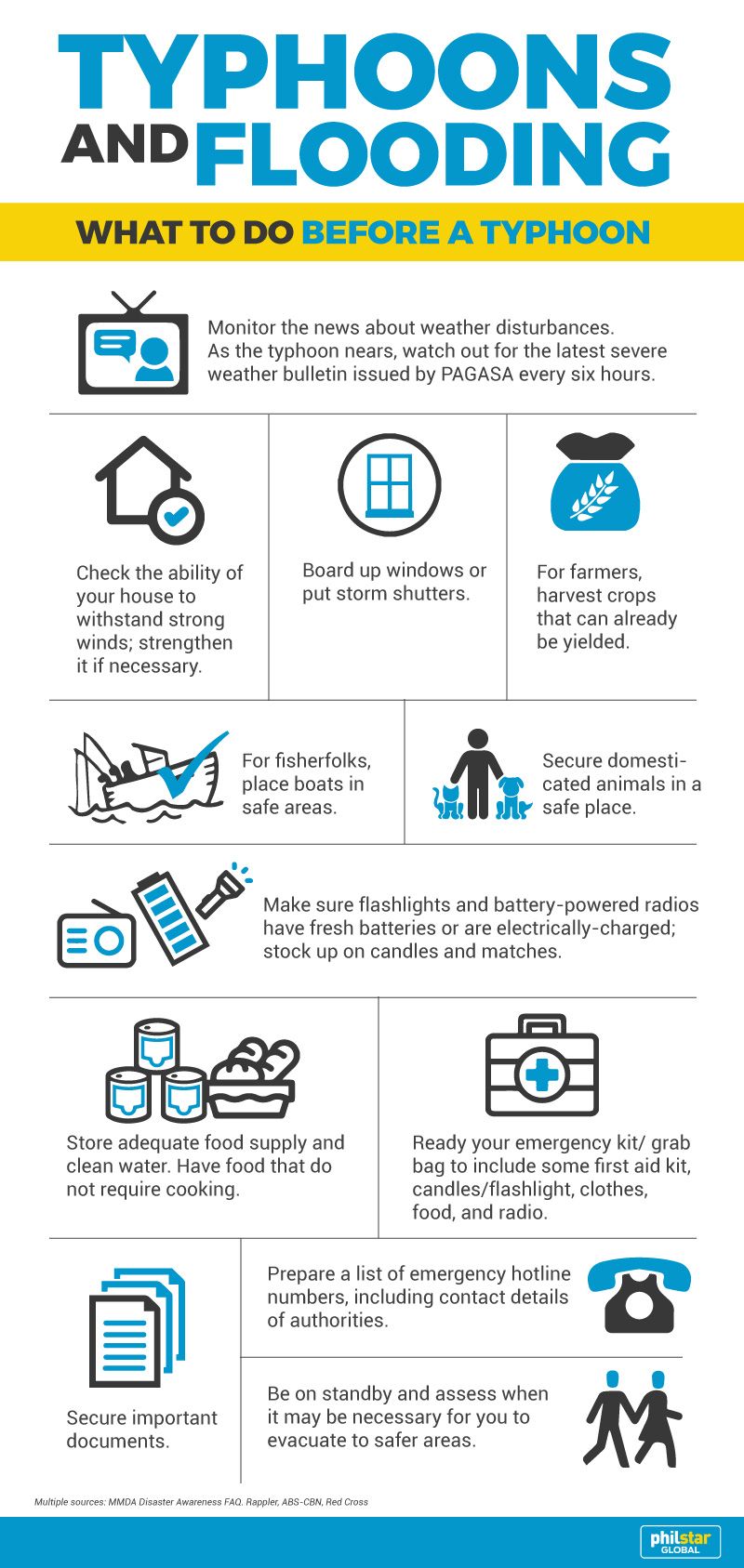Flash Flood Emergency: What To Do Before, During, And After

Table of Contents
Flash floods are terrifyingly swift and powerful natural disasters, capable of transforming familiar landscapes into raging torrents in mere minutes. The destructive force of a flash flood can be devastating, leading to significant property damage, injury, and even loss of life. Understanding how to prepare for, react during, and recover after a flash flood emergency is crucial for ensuring your safety and the well-being of your loved ones. This comprehensive guide provides essential steps to take before, during, and after a flash flood event.
Before a Flash Flood: Preparation is Key
Proactive planning is your best defense against the sudden onslaught of a flash flood. Taking preventative steps before a flood strikes dramatically reduces the risk and severity of its impact.
Develop a Family Communication Plan: Effective communication is vital during a crisis. Establish a clear meeting place outside your home – a location easily identifiable and accessible to all family members. Designate an out-of-area contact person, someone outside the immediate flood-affected area, who can serve as a central point of contact for family members to check in. Finally, familiarize yourselves with your local emergency alert systems, including NOAA Weather Radio and any mobile alert apps provided by your local authorities. Knowing how to receive timely warnings is paramount.
Identify Potential Flood Risks: Understanding your risk is the first step to preparedness. Check online resources, such as FEMA's flood map service, to assess your property's vulnerability to flooding. Identify potential escape routes from your home and neighborhood, ensuring you know how to reach higher ground quickly. Understand your community's warning systems; know what sirens or alerts mean and what actions to take when they sound.
Create an Emergency Kit: Assembling a comprehensive emergency kit is essential. Include at least one gallon of water per person per day for several days, along with non-perishable food items (canned goods, energy bars). Pack a well-stocked first-aid kit, including any necessary prescription medications. Flashlights, extra batteries, and a battery-powered radio are also vital. Keep important documents—insurance policies, identification—in waterproof containers. If you live in a flood-prone area, consider purchasing sandbags in advance to protect your property. Having a high-clearance vehicle available can significantly improve your chances of evacuation.
During a Flash Flood: Immediate Actions to Take
When a flash flood warning is issued, swift and decisive action is critical. Your priority is to ensure your safety and the safety of your family.
Stay Informed and Follow Instructions: Continuously monitor weather reports from trusted sources, such as the National Weather Service. Heed evacuation orders immediately; do not delay. Never drive or walk through floodwaters – even shallow water can be deceptively dangerous, as its current can be incredibly strong and swift. Remember: Turn Around, Don't Drown.
Seek Higher Ground: If you are caught in a flash flood, your immediate goal is to reach higher ground. Move to the highest level of your home or building if possible. If evacuation is impossible, find sturdy shelter away from floodwaters and potential hazards. Stay far away from power lines and any downed electrical equipment, which poses a serious electrocution risk.
Protect Your Property (if safe to do so): If it is safe to do so and you have prepared in advance, try to protect your property from flood damage. Move valuable items to higher floors. Turn off gas and electricity at the main shut-off valves if it's safe to do so, but prioritize your safety. If you have sandbags available and it is safe to use them, utilize them to protect your property. However, remember that your personal safety is paramount.
After a Flash Flood: Recovery and Safety
The aftermath of a flash flood demands caution and careful assessment. Many dangers remain even after the water recedes.
Assessing the Damage: Before entering your home, carefully assess any structural damage. Floodwaters are often contaminated with sewage and other harmful substances; avoid any contact. Thoroughly document any damage with photos and videos for insurance purposes. Be extremely careful when entering your home because of the risk of structural collapse.
Cleaning and Restoration: Exercise extreme caution when re-entering your flood-damaged home. The structural integrity may be compromised, and there may be hidden dangers. Discard any food or water that came into contact with floodwater. Thoroughly disinfect and clean all affected areas to prevent mold and mildew growth. Seek professional help for significant damage.
Seeking Help and Support: Contact your insurance company immediately to report damages and start the claims process. Reach out to local authorities and emergency services for assistance, as they may be able to provide aid and resources. Many community organizations and relief agencies offer support during recovery; don't hesitate to seek their help.
Flash Flood Emergency Preparedness: A Lifesaving Guide
Being prepared for a flash flood is not about causing unnecessary alarm; it's about proactive safety. By taking the necessary steps outlined in this guide—planning ahead, responding effectively during a flood, and recovering safely afterward—you significantly reduce the risks and enhance your chances of survival and minimize the impact on your life and the lives of your loved ones. Don’t delay; create your flash flood emergency plan today and safeguard your future.

Featured Posts
-
 Naomi Kempbell Otkrovennye Obrazy Dlya Glyantsa
May 25, 2025
Naomi Kempbell Otkrovennye Obrazy Dlya Glyantsa
May 25, 2025 -
 Melanie Thierry Et Raphael Le Secret D Une Famille Harmonieuse Malgre Les Differences D Age
May 25, 2025
Melanie Thierry Et Raphael Le Secret D Une Famille Harmonieuse Malgre Les Differences D Age
May 25, 2025 -
 Musk Al Comando La Nuova Classifica Forbes Degli Uomini Piu Ricchi Del Mondo 2025
May 25, 2025
Musk Al Comando La Nuova Classifica Forbes Degli Uomini Piu Ricchi Del Mondo 2025
May 25, 2025 -
 Your Thursday Night Guide Top 10 Tv And Streaming Recommendations
May 25, 2025
Your Thursday Night Guide Top 10 Tv And Streaming Recommendations
May 25, 2025 -
 Under 1m Country Properties A Buyers Guide To Location And Value
May 25, 2025
Under 1m Country Properties A Buyers Guide To Location And Value
May 25, 2025
Latest Posts
-
 Matan Angrest Kidnapping Photo Shows Soldiers Wounds
May 26, 2025
Matan Angrest Kidnapping Photo Shows Soldiers Wounds
May 26, 2025 -
 Visible Injuries In Photo Of Captured Idf Soldier Matan Angrest
May 26, 2025
Visible Injuries In Photo Of Captured Idf Soldier Matan Angrest
May 26, 2025 -
 Salon Yevani Herzliya A Culinary Critique From The Jerusalem Post
May 26, 2025
Salon Yevani Herzliya A Culinary Critique From The Jerusalem Post
May 26, 2025 -
 Kidnapped Idf Soldier Matan Angrest Photo Reveals Extent Of Injuries
May 26, 2025
Kidnapped Idf Soldier Matan Angrest Photo Reveals Extent Of Injuries
May 26, 2025 -
 The Jerusalem Post Reviews Salon Yevani In Herzliya
May 26, 2025
The Jerusalem Post Reviews Salon Yevani In Herzliya
May 26, 2025
